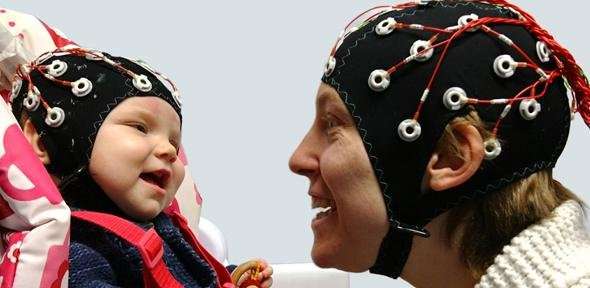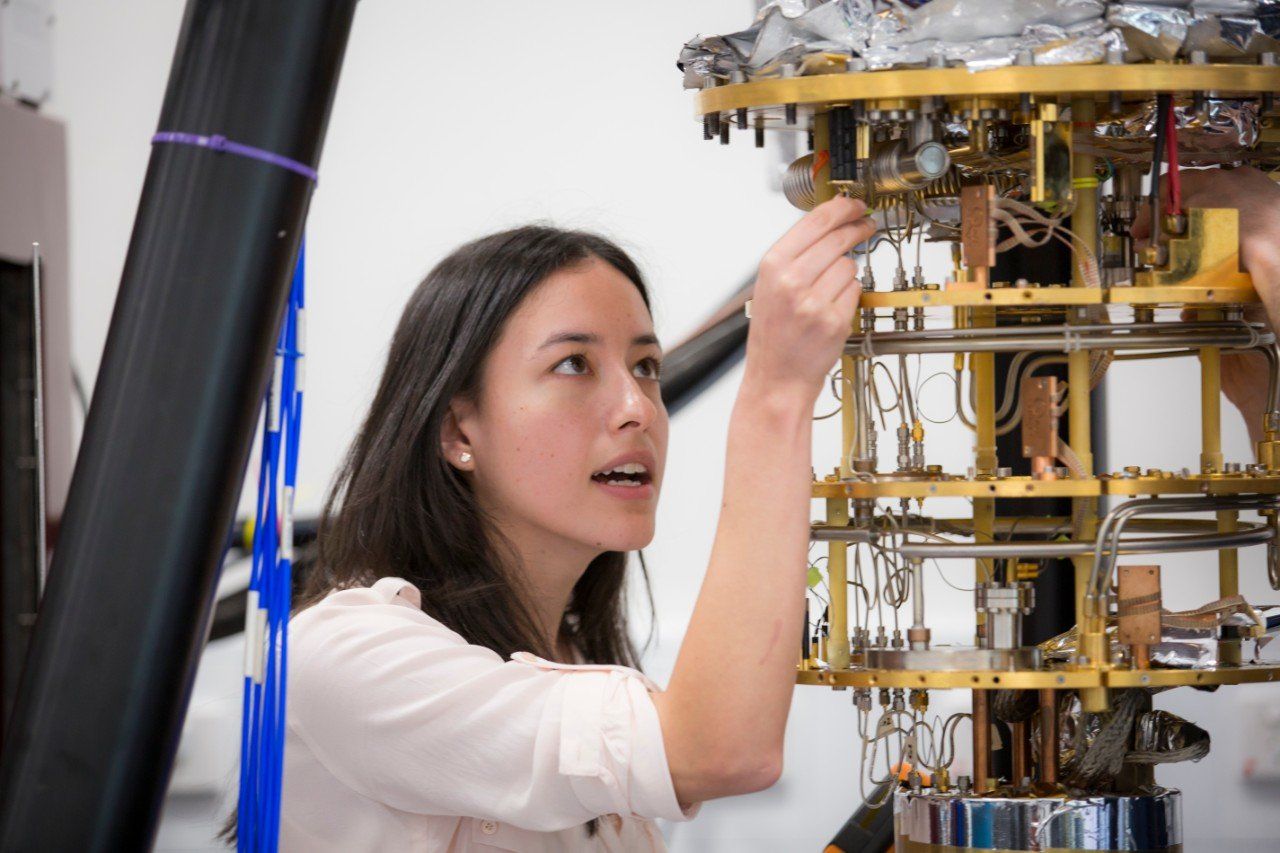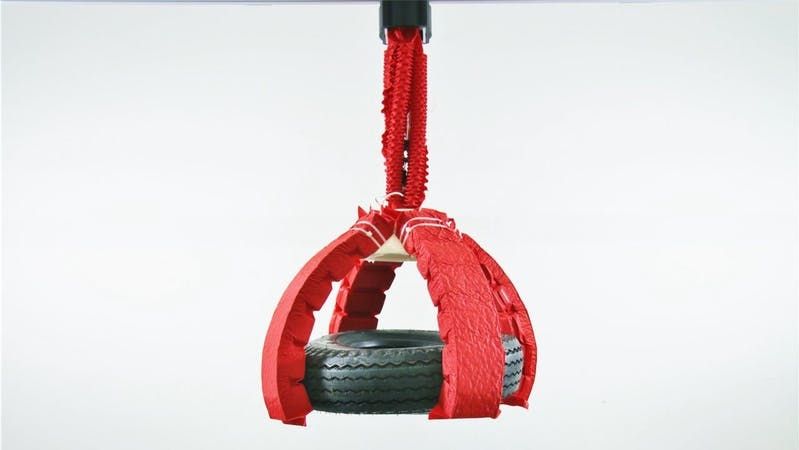Just need to prevent brain hacking.
Eric Leuthardt believes that in the near future we will allow doctors to insert electrodes into our brains so we can communicate directly with computers and each other.


We wanted to draw attention to an interesting paper that we saw today; this one argues that there are two broad Faustian bargains that people make while attempting to live longer. The first involves questionable products, and the second involves treating the symptoms of aging rather than the cause.
The First Faustian Bargain – Anti-aging
The first bargain is the promise made by the “anti-aging” industry, the supplement sellers who do not state outright but strongly imply that their elixirs could add years to your life. We have all seen the supplement blends with fancy names that often contain a mixture of compounds that we could obtain separately at far lower cost. These supplements are marketed as miracles, while their ingredients are only supported by mouse studies or sometimes not even that.

“We’re at a stage now where the next 10 or 20 years are the time we become a spacefaring civilisation,” he says. “From then on, our future is guaranteed as a civilisation. The moment we get to the moon and Mars and start to exploit the resources in the solar system is the moment we become essentially immortal as a civilisation. Because we won’t just be confined to one planet that we can damage any more. Now is the time we do that.”
Professor believes we will become a spacefaring civilisation in the next 10 or 20 years, and thereby guarantee our future forever, as long as we don’t do anything stupid like ‘having a war in the Pacific’.

Physicists at MIT and Harvard University have demonstrated a new way to manipulate quantum bits of matter. In a paper published today in the journal Nature, they report using a system of finely tuned lasers to first trap and then tweak the interactions of 51 individual atoms, or quantum bits.
The team’s results represent one of the largest arrays of quantum bits, known as qubits, that scientists have been able to individually control. In the same issue of Nature, a team from the University of Maryland reports a similarly sized system using trapped ions as quantum bits.
In the MIT-Harvard approach, the researchers generated a chain of 51 atoms and programmed them to undergo a quantum phase transition, in which every other atom in the chain was excited. The pattern resembles a state of magnetism known as an antiferromagnet, in which the spin of every other atom or molecule is aligned.

(Phys.org)—Physicists have experimentally demonstrated quantum entanglement with 10 qubits on a superconducting circuit, surpassing the previous record of nine entangled superconducting qubits. The 10-qubit state is the largest multiqubit entangled state created in any solid-state system and represents a step toward realizing large-scale quantum computing.
Lead researcher Jian-Wei Pan and co-workers at the University of Science and Technology of China, Zhejiang University, Fuzhou University, and the Institute of Physics, China, have published a paper on their results in a recent issue of Physical Review Letters.
In general, one of the biggest challenges to scaling up multiqubit entanglement is addressing the catastrophic effects of decoherence. One strategy is to use superconducting circuits, which operate at very cold temperatures and consequently have longer qubit coherence times.

Making eye contact with an infant makes adults’ and babies’ brainwaves ‘get in sync’ with each other – which is likely to support communication and learning – according to researchers at the University of Cambridge.
When a parent and infant interact, various aspects of their behaviour can synchronise, including their gaze, emotions and heartrate, but little is known about whether their brain activity also synchronises – and what the consequences of this might be.
Brainwaves reflect the group-level activity of millions of neurons and are involved in information transfer between brain regions. Previous studies have shown that when two adults are talking to each other, communication is more successful if their brainwaves are in synchrony.

Researchers at the Samsung Advanced Institute of Technology (SAIT) have managed to develop a “graphene ball” which could transform the way we think about batteries.
In a statement on Tuesday, South Korean tech giant Samsung described the graphene ball as a “unique battery material” which allows a 45 percent increase in capacity, as well as charging speeds that are five times faster than standard lithium-ion batteries.
In 2004 researchers at the University of Manchester, in England, managed to isolate graphene for the first time. According to the university, graphene is the thinnest material on the planet, is 200 times stronger than steel, transparent, and is also the world’s “most conductive material.”

A team at the University of Sydney and Microsoft, in collaboration with Stanford University in the US, has miniaturised a component that is essential for the scale-up of quantum computing. The work constitutes the first practical application of a new phase of matter, first discovered in 2006, the so-called topological insulators.
Beyond the familiar phases of matter — solid, liquid, or gas — topological insulators are materials that operate as insulators in the bulk of their structures but have surfaces that act as conductors. Manipulation of these materials provide a pathway to construct the circuitry needed for the interaction between quantum and classical systems, vital for building a practical quantum computer.
Theoretical work underpinning the discovery of this new phase of matter was awarded the 2016 Nobel Prize in Physics.

By Lindsay Brownell
(CAMBRIDGE, Mass.) — Soft robotics has made leaps and bounds over the last decade as researchers around the world have experimented with different materials and designs to allow once rigid, jerky machines to bend and flex in ways that mimic and can interact more naturally with living organisms. However, increased flexibility and dexterity has a trade-off of reduced strength, as softer materials are generally not as strong or resilient as inflexible ones, which limits their use.
